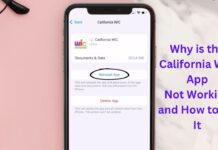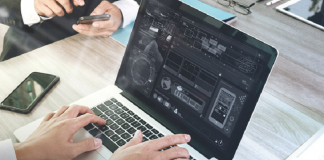Back in 2015, an analyst from a high-profile tech intelligence firm predicted that smartphones will soon be the only computers people will need. He expected hardware to become strong enough to handle more challenging tasks than reading Canadian casino reviews and snapping selfies to share on social networks. And his predictions came true in a most unexpected way: Microsoft launched Continuum, a docking station that, when connected to its Windows 10-powered Lumia flagships, turned them into a Windows 10-powered PC. Unfortunately, the whole Windows 10 for Mobile line proved to be a failure for the Redmond giant. But the idea of a smartphone-powered PC remained very much alive.
In 2017, Samsung presented its Galaxy S8 line, and with it, the DeX dock. This docking station – combined with a software component running on Samsung’s Galaxy S8/Note 8 line – allows users to work on the phone as if it was a desktop computer. The DeX dock comes with extra connectors like an Ethernet plug and some USB ports, as well as a cooling system for the phone and a charger, ensuring long hours of work or play on a big screen. The S8+DeX combo is a bit expensive for most – Samsung sells the base model for $599 right now and the DeX itself has a $149.99 price tag. This is not very advantageous for those who already own a pretty decent smartphone and have no intention to upgrade for another year or two.
But there’s a solution for those in the above situation: Sentio’s brand new Superbook. The Superbook is a shell that can turn any smartphone with at least 1.5GB of RAM, supporting USB OTG, and be running Android 5.0 or above into a laptop. It comes in two flavors: the base model ($149) has a standard keyboard and a 768p TN LCD screen, while the premium model ($209) comes with a 1080p IPS LCD screen and a backlit keyboard. And it is compatible with a much wider range of smartphones than Samsung’s solution, making it far more accessible, too.
Soon, we won’t need docking stations at all. Chinese smartphone maker Huawei has presented its latest flagship phone in the Mate series late last year that comes with a built-in “PC Mode”. The Huawei Mate 10 Pro, when connected to a big screen, can seamlessly switch to a desktop-like interface similar to that of Chrome OS. And, with the use of a Bluetooth keyboard (the phone can act as a touchpad) it can be used to browse the web, type long texts, and even play games on a large-screen TV or monitor.

































 Online casino
Online casino
